
4 HACKS TO KEEP YOUR FLEXIBILITY AS YOU AGE
Ageing is a process of shifting balance.
Starting in your 30s, flexibility continuously decreases. The effects of stressincrease and our ability to recover decreases. There is a loss of water in our tissues and intervertebral discs, more stiffness in our joints and a decline of elasticity in muscles and tendons.
Healthy ageing requires you to stay committed to good lifestyle-habits, including diet and supplementation. If you are following an extreme flexibility practice, you will also have to adapt your training with the years. For every level of flexibility, you need to maintain a regular practice and proper balance of strength and mobility training.
Before we give you tricks to avoid flexibility loss, here are the four main factors that decrease your flexibility as you age.
- Muscles may weaken and tighten, reducing flexibility directly and impinging movement.
- Connective tissue like tendons can become stiff, lose elasticity, or weaken as we age.
- Joints, joint capsules and cartilage may become inflamed, degrade or develop blockages.
- Neural control over muscles and movements decline, provoking further injury risks.
By understanding this physical process, you should be able to find and keep balance as the years go by. The ability of muscle tissues and connective tissue to elongate (stretch) can be achieved at any age if we respect our new physiological equilibrium. Here are four hacks to prevent these four components to decline.

1- PRIORITISE ACTIVE FLEXIBILITY
As we age, muscle fibres lessen in number and shrink in volume. Muscle tissue restores itself more slowly and wasted muscle tissue is replaced with tough, fibrous tissue.
Flexibility requires you to be able to move your muscles through wide ranges pain-free; that action relies on strength, muscle mass and muscular control. By losing muscles and strength, you will stop using a certain range (be able to reach a given position) and lose the flexibility that requires that position. Hence the importance of active flexibility practice, especially as we age.
Biologically speaking, long-term muscular change involves a severe change of the composition of muscle from reactive and elastic—ability to return to normal resting length following a stretch, like a new rubber band—to stiff and unresponsive. Muscles contain contractile and passive visco-elastic components, the natural and gradual loss of elastin and collagen in the muscle series leads to the actual muscle being less flexible. It has a greater internal resistance to stretching.
What you can do to prevent specific muscle loss:
You can help prevent the dysfunction of muscle mechanics like cross-linking and maintain muscle capabilities and reactiveness by stretching the muscles in distinctive ways.
- Weighted—to work through full range and make sure your muscles are active.
- Dynamic—to maintain the comfort of stretch-shortening in muscles.
- Progressive—to unlock new ranges and improve comfort in those end-ranges.
Strength in the full range is the solution to mobility decline. Naturally flexible people underestimate the importance of active flexibility. They stretch passively but lose their strength at their end range of motion. As you age, active flexibility should become even more of a priority. It helps sustain muscle mass and strength, prevents instability in joints and provides the foundation for all movement. Additionally, make sure your diet is high enough in bioavailable proteins to sustain your muscles.

2- TRAIN EXTREME RANGE SAFELY
Like muscles, the tendons' turnover (the rate of growth vs. decay) slows down with age. Built on collagen, connective tissue connected to muscles, like tendon and fascia, also has an elastic element. It is stretched most at end ranges. The myotendinous junction, which connects the muscle and tendon, is where most injuries occur.
Poor tendon health undermines flexibility as tendons become stiffer and less responsive. Flexibility itself is important to protect these tendons—what doesn't bend, often breaks—but it also relies on them being healthy, strong and able to work in those crucial end-ranges.
What you can do to prevent connective tissue decay:
Combining strength and flexibility is key to healthy tendons and long-term flexibility. Regular strength training will help protect the integrity of your connective tissue. Practice extreme range to preserve it. Dance, gymnastics and other performing arts alike rely on these extremes, and regular pain-free practice helps protect them from ageing.
Never ignore joint pain! Joint pain might be a sign that your your tendons are in an inflammatory state, ignoring it will weaken them with time and make them age prematurely. Pain is a way for your body to communicate. You must listen. To understand better the type of pain you feel and what it means, refer to 'Stay Injury-Free'.
Furthermore, regular dynamic, weighted and progressive flexibility practice—as discussed in the 'muscular change' section—helps maintain tendon reactivity, preventing unwanted stiffness and internal resistance. We want to make sure that tendons are strengthened, as well, through regular lower-intensity movement like hops that build strength to control dynamic loading.

3- CONSISTENCY AND GENERAL HEALTH CHECK
Joints themselves are a limiting factor for movement and mobility for many of us as we age. The repair of joints influences several processes that decay as we get older:
- Muscle and strength loss destabilise joints and reduce control.
- Collagen turnover reduces, meaning weaker, unhealthy tendons.
- Bone inflammation and positioning can change how the joint moves.
- Weakening or decay of joint tissues (like cartilage and bursae) limiting pain-free movement.
It's hard to be flexible when the positions you're trying to get into are either mechanically restricted or painful. Such restrictions fundamentally change how you move—and it's not rare for discomfort to limit movement. These kinds of changes can be severe, especially if they're related to the capsule, bursa or cartilage problems. Equally, bone sensitivity and inflammation—particularly associated with osteoarthritis—can be painful and require medical attention. You can't stretch your way out of some of these issues. An increased amount of calcium deposits and adhesions are other natural physical changes attributed to ageing. Science suggests that oxidative stress plays an important role in the link between ageing and osteoarthritis. Still, more research is needed to create a preventative novel-strategy at a molecular level of the cell function.
What you can do to slow down joint degeneration:
A safe tactic is to stay healthy at a molecular level to slow down these changes. Regular blood tests will help you understand if you lack anything, which you can partially correct through lifestyle changes. Eat clean, prioritise sleep, stay hydrated and ingest enough protein to promote recovery. Additionally, flexibility and regular activity reduce the risk of joint conditions developing in the first place. A dedicated and consistent movement routine keeps them healthy—Immobility is the enemy. Boris Vallejo, French National coach at the French Tennis Federation carefully explains how professional tennis players use these tactics. Movement naturally creates repair by keeping good inner osmosis and prevents the cycle of pain that leads to problems. Always keep in mind that the time of recovery becomes greater as you age. Everything is faster to lose and more difficult to gain; consistent practice—and less punctual extreme stress on your body—is crucial.

4- CHALLENGE YOUR NEURAL SYSTEM ON A DAILY BASIS
Your neural system—the brain, nerves and neuromuscular junctions—also degrade with time. The slow decline of these systems is important for flexibility. When stretching, you're not only lengthening muscles, you're improving your body's comfort in stretched positions, and that depends entirely on your stability and control in those positions. Changes in the nervous system cause muscles to have reduced tone and ability to contract. The stiffness and composition of a muscle are protected by strength and controlled movement, but control is key. With neuromuscular decline, we lose motor control, and we increase the risks of micro-injury at every level. When we build control, we improve both our injury resilience and what we can do with the flexibility we have. That way, we can form safe and high-performance flexibility.
What you can do to keep a sharp neuromuscular system:
Train using a wide variety of techniques and movements. It's easy to stay in your comfort zone repeating the same things for a lifetime. The functional consequences of applying diverse and novel motor stimuli during muscle contraction are very important to keep the neuromuscular system sharp. Learn in movement
FINAL THOUGHTS
The changes that affect us as we age—from stiffening to decrease of neural control to changes to our musculoskeletal system—are partially within our control. The way our flexibility changes is subject to many processes that interact with lifestyle and life choices!
What you do and how you do it are key factors for your flexibility, starting at a very young age. Take age-related changes into consideration and adapt your practice accordingly. Ageing is not a reason to stop doing the things that matter to you. You can not only keep but develop your flexibility at any age. By understanding how your body works and deals with time, you will adjust your flexibility training and keep a healthy balance through the decades.
A last advice: Anticipate flexibility changes before you must respond to them!
*This document is not a substitute for medical advice. You are responsible for your health. Consult a health care professional before using any of the techniques in this document.

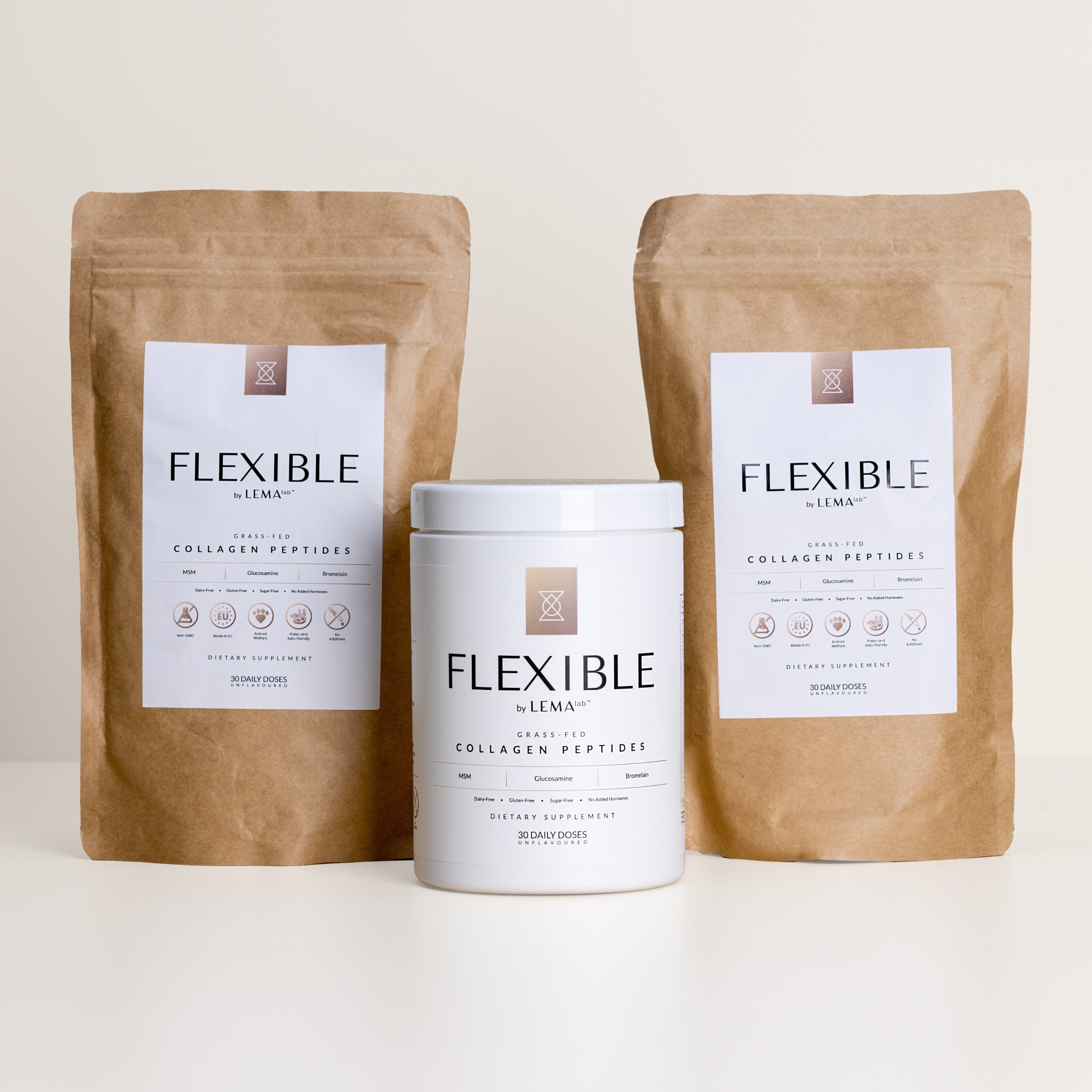
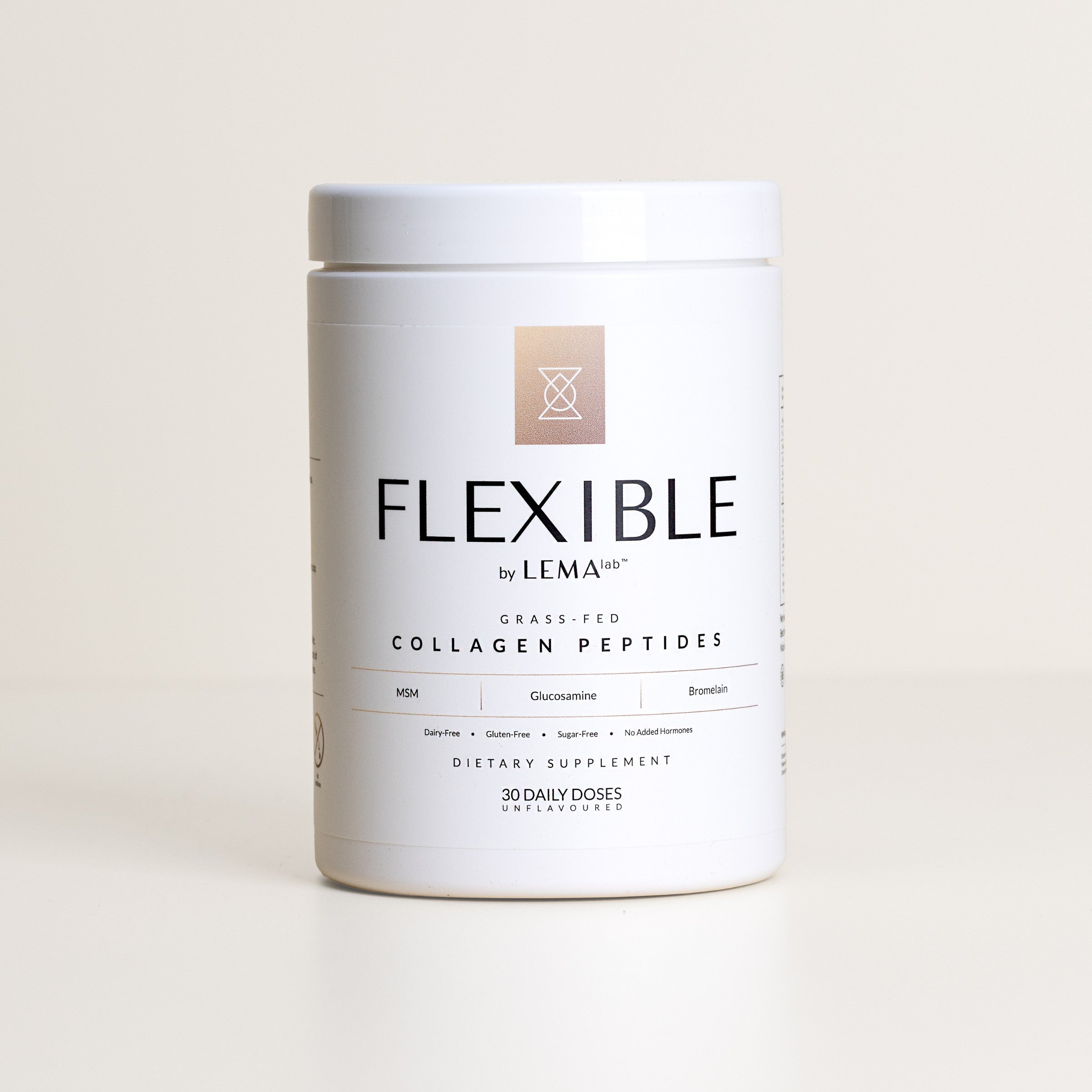
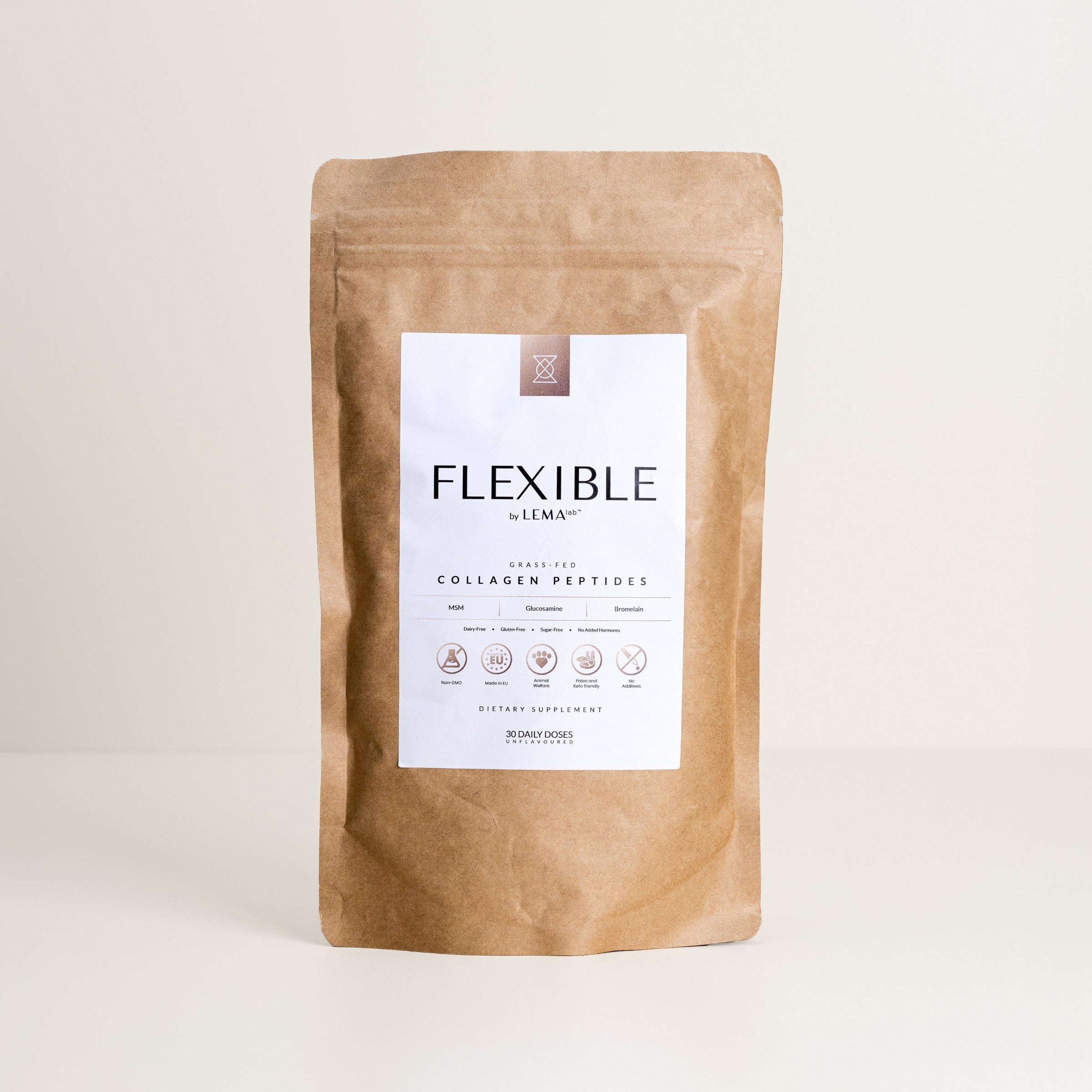
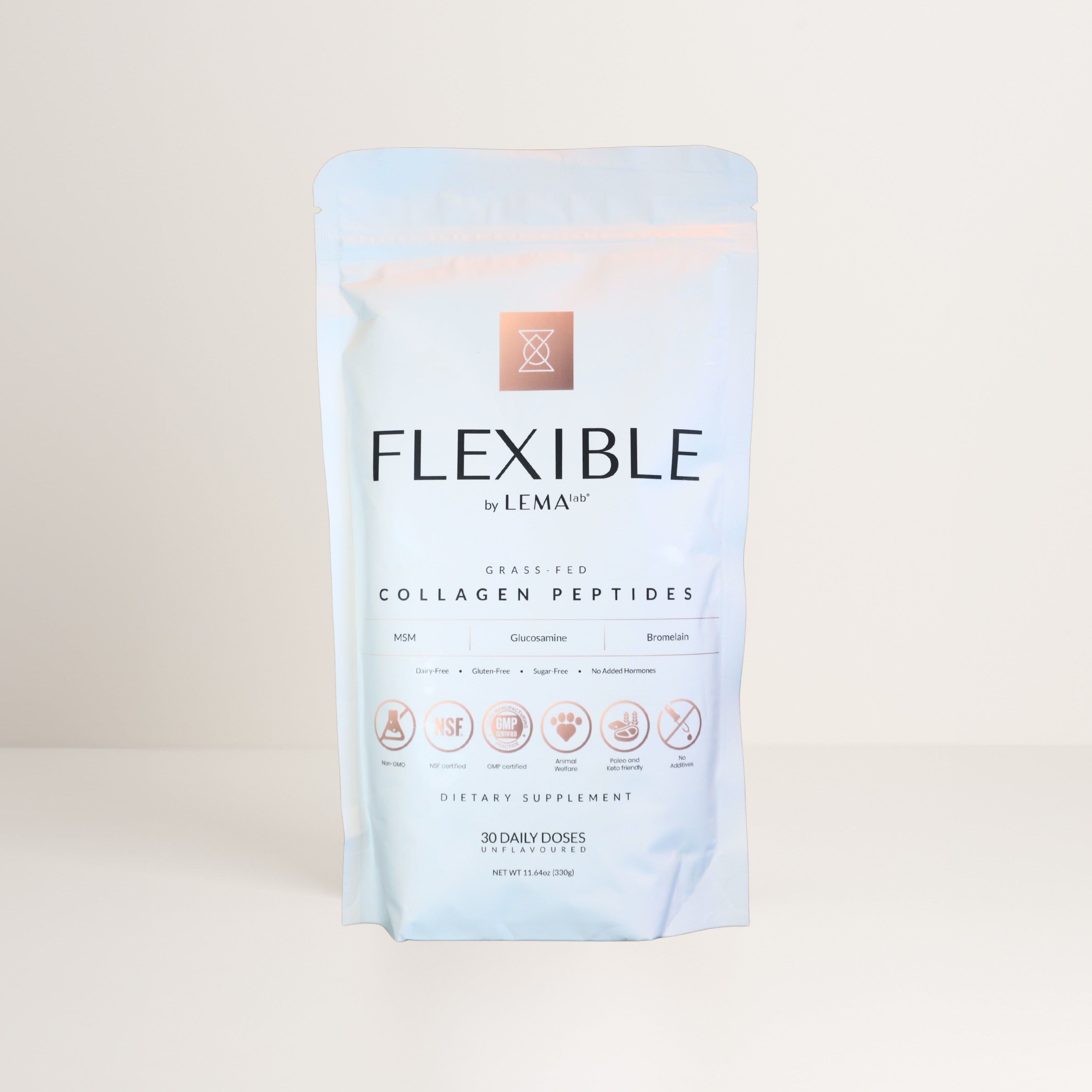
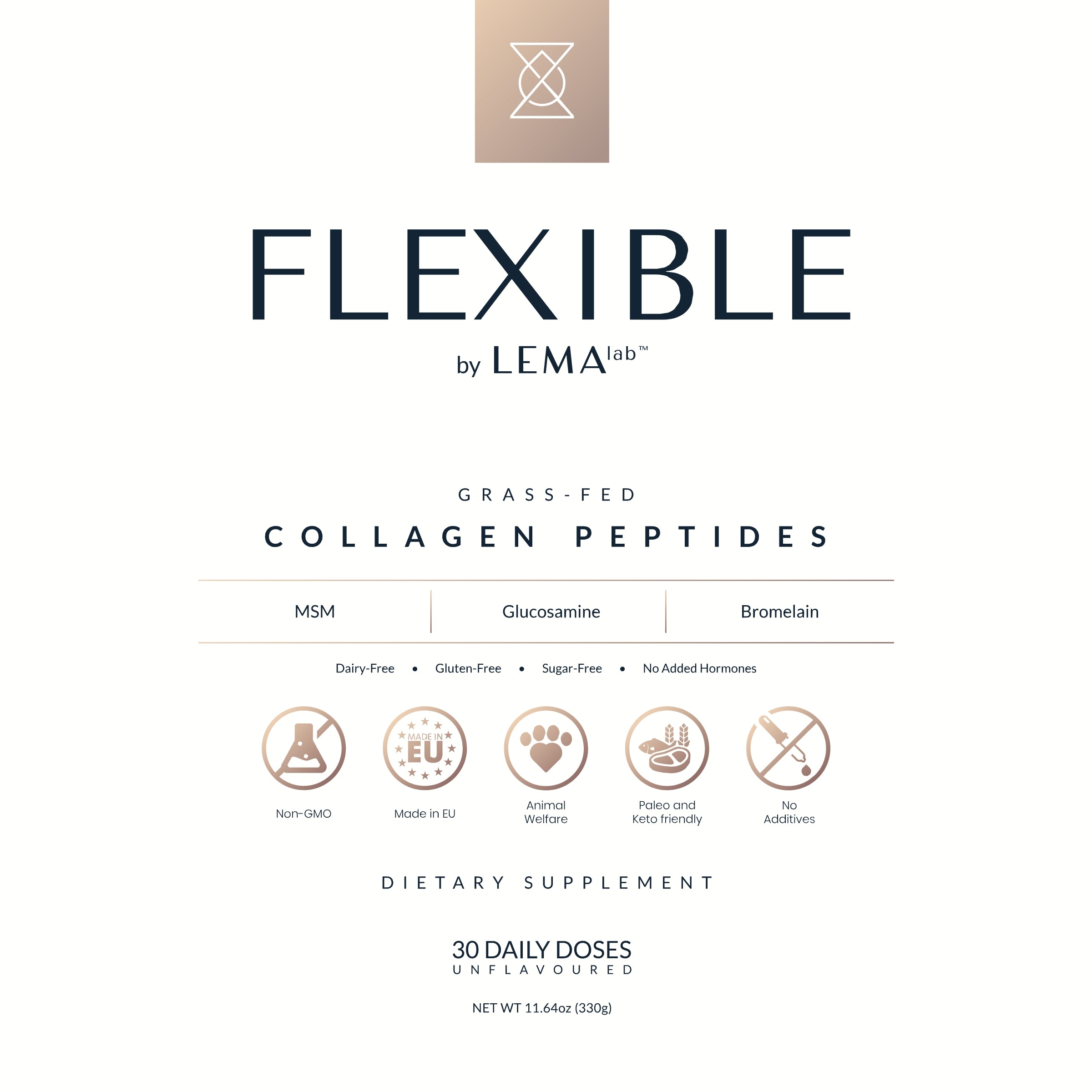
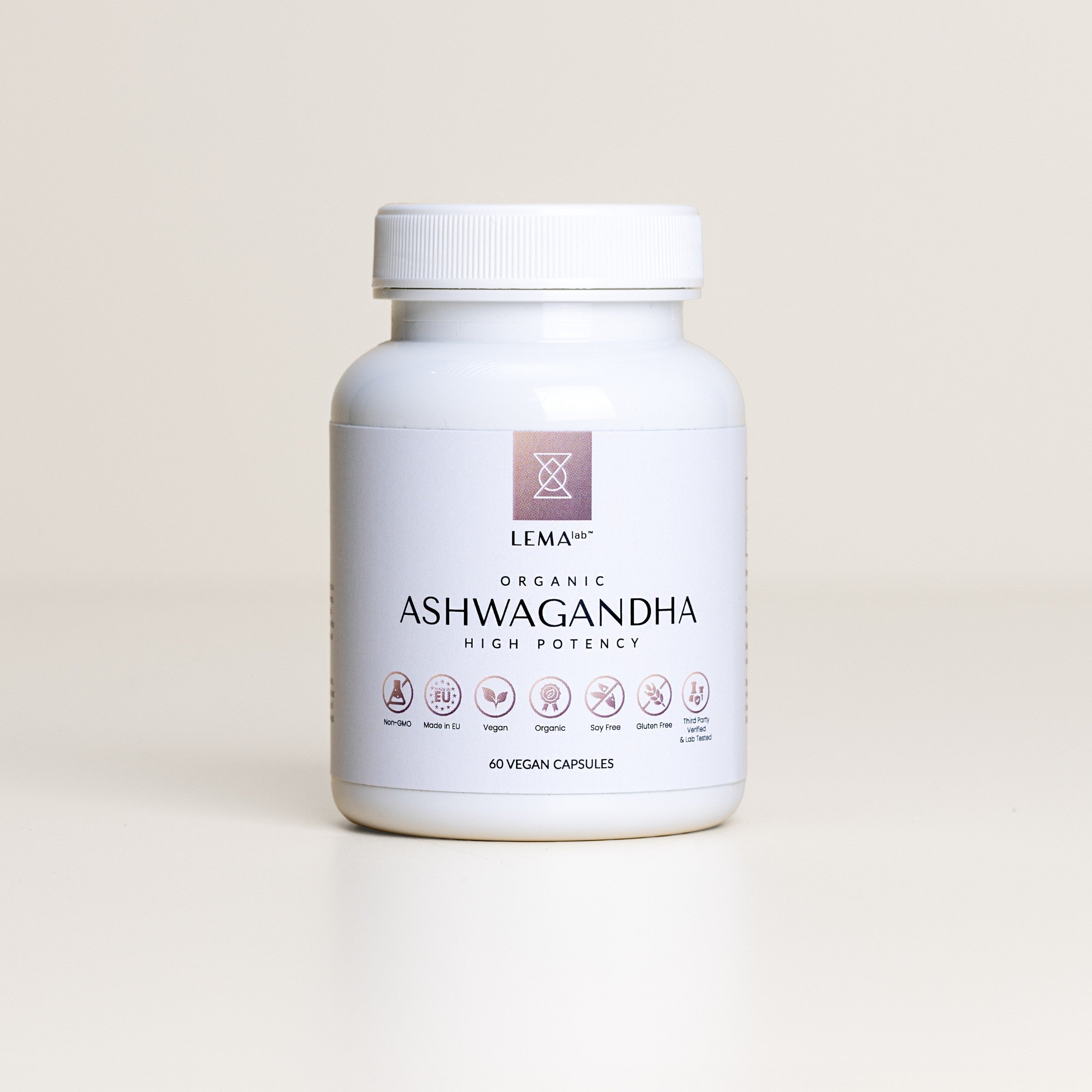

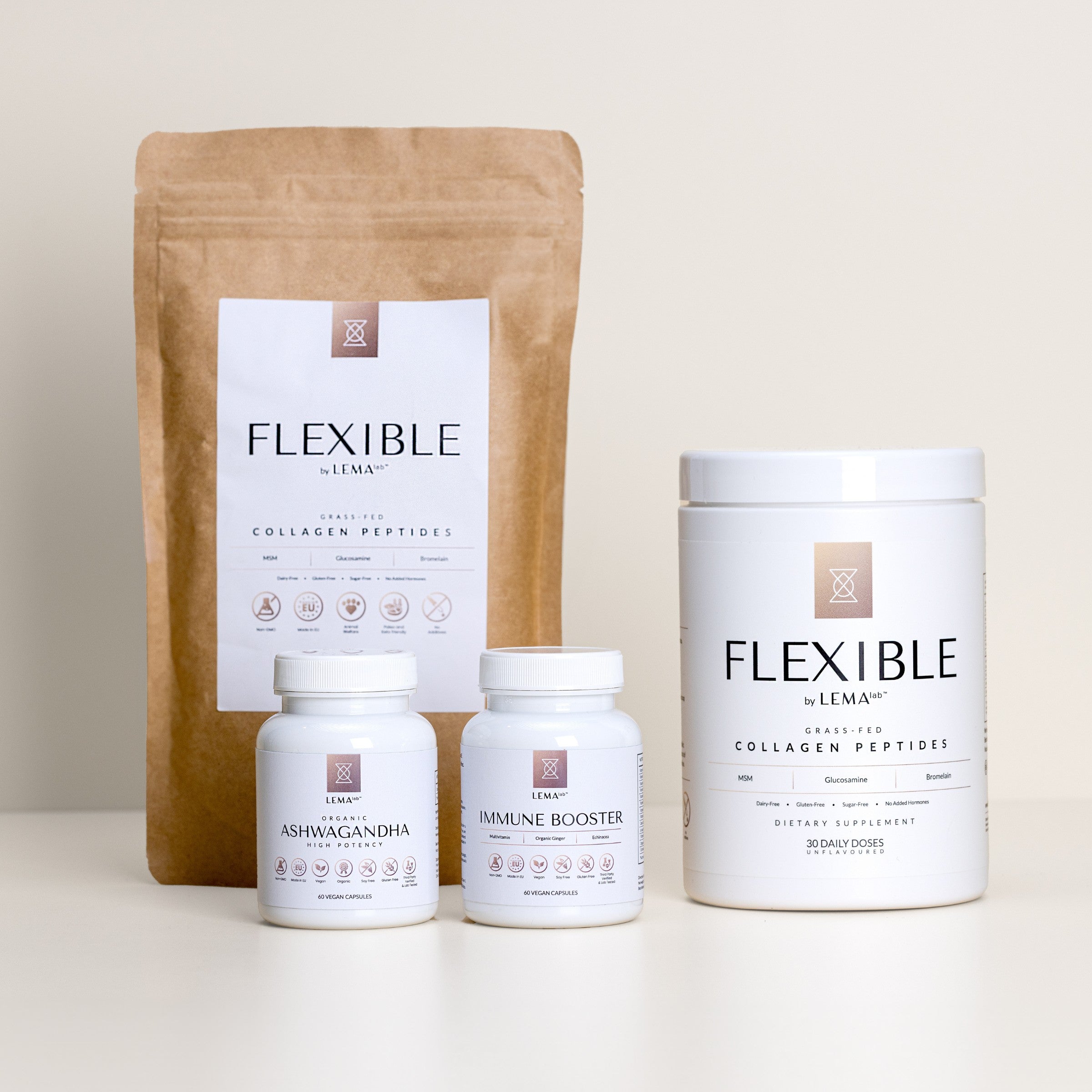

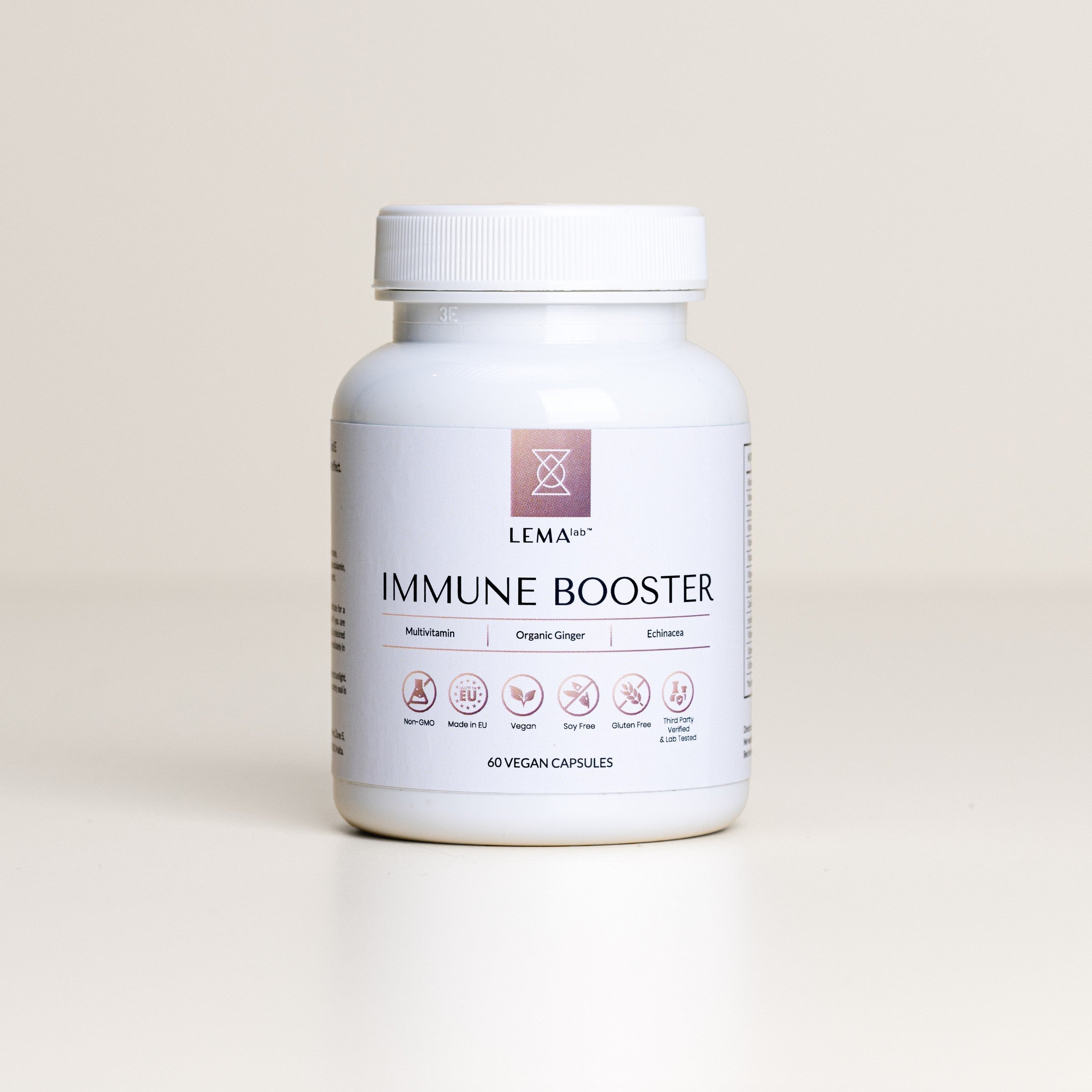

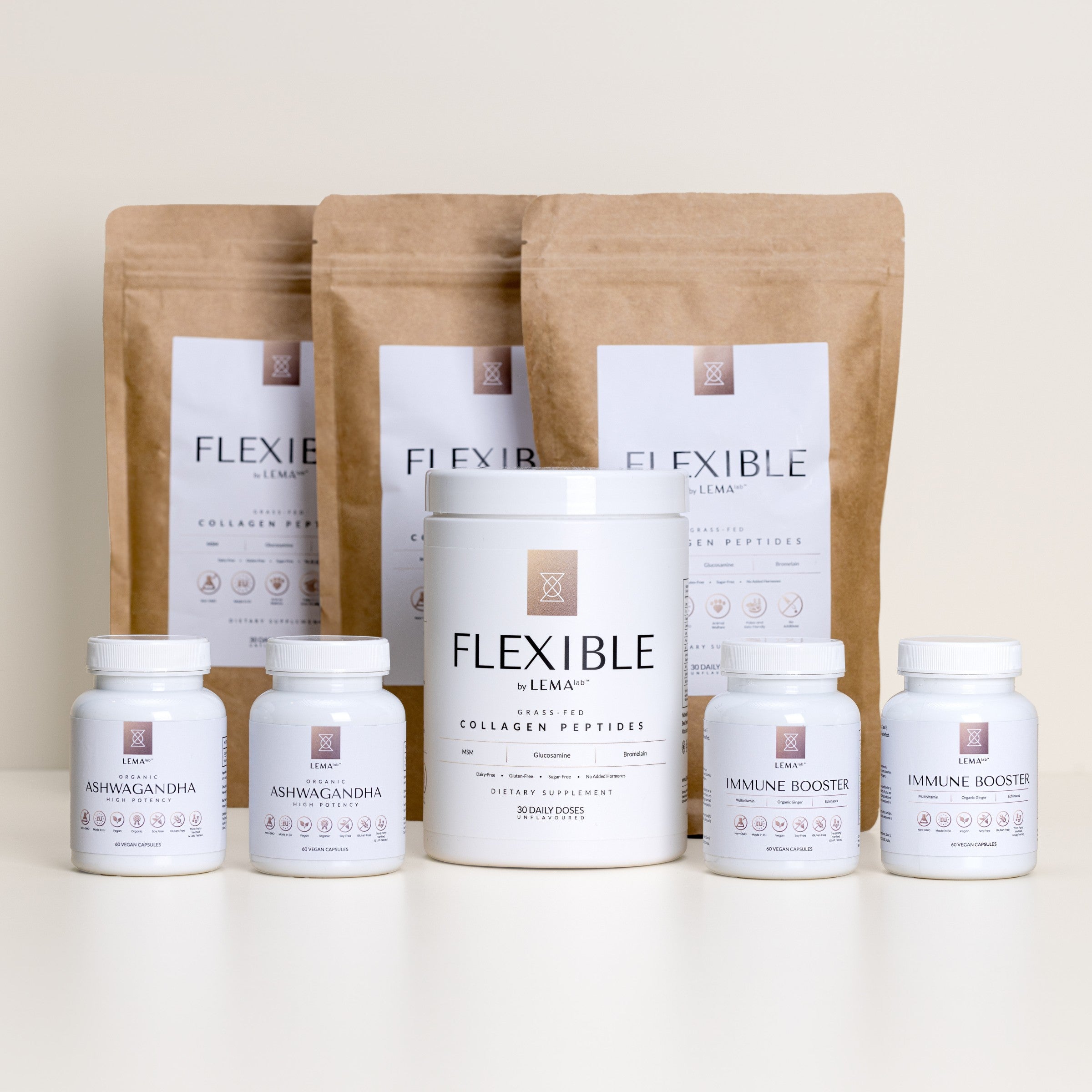
Leave a comment
This site is protected by hCaptcha and the hCaptcha Privacy Policy and Terms of Service apply.